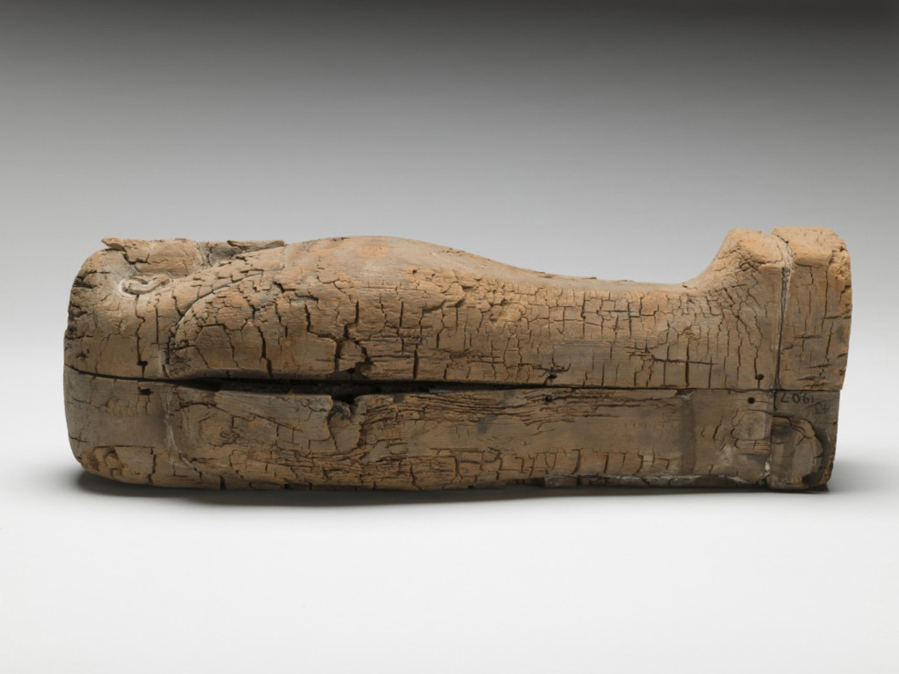British archaeologists dug up the tiny coffin in Giza, Egypt, nearly 100 years ago, and it’s sat in a Cambridge museum ever since.
For decades, researchers thought the small bundle inside was a bunch of mummified internal organs, the sort of thing you end up with after a routine adult embalming. But new CT-scans show the remains are actually that of a fetus, the Fitzwilliam Museum in Cambridge announced.
The fetus is the first “academically verified” Egyptian mummy found to exist at 16 to 18 weeks of gestation, according to the museum. Julie Dawson, head of conservation at the museum, called the mummy an “extraordinary archaeological find that has provided us with striking evidence of how an unborn child might be viewed in ancient Egyptian society.”
“The care taken in the preparation of this burial clearly demonstrates the value placed on life even in the first weeks of its inception,” Dawson said.
Researchers believe this fetus was likely the result of a miscarriage. Other mummified ancient Egyptian fetuses have been discovered, but they have been older.
This newly discovered mummy likely dates to between 664 and 525 B.C., according to the Fitzwilliam Museum. The package inside of the 17-inch-long cedar coffin had been carefully wrapped and bound with bandages and then covered in molten black resin.
Initially, efforts to X-ray the contents yielded inconclusive results. But during preparations for an upcoming exhibition on ancient Egyptian practices regarding death, the museum decided to have another look.
The coffin was re-examined at Cambridge University’s Department of Zoology — this time with micro CT-scanning.
“The cross-sectional images this produced gave the first pictures of the remains of a tiny human body held within the wrappings, which remain undisturbed,” the museum said in a statement.



